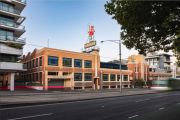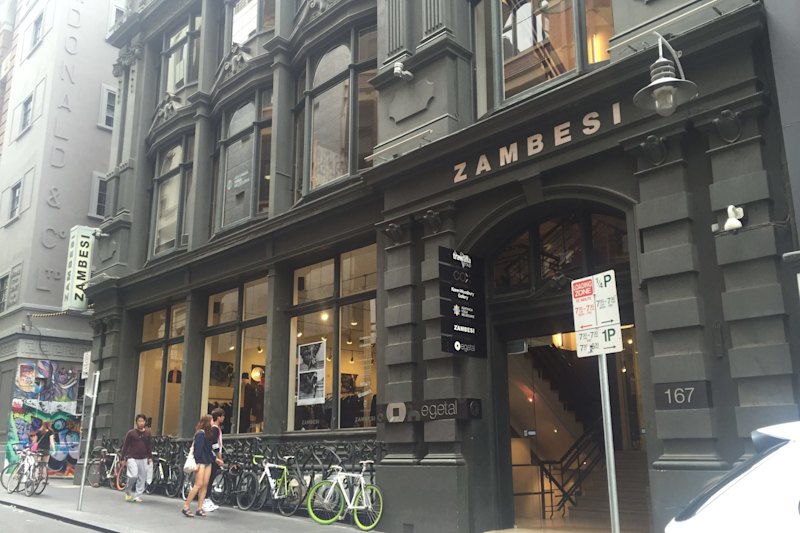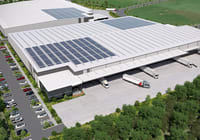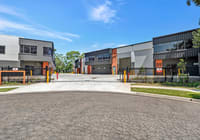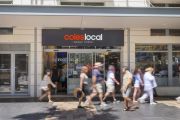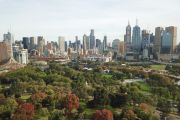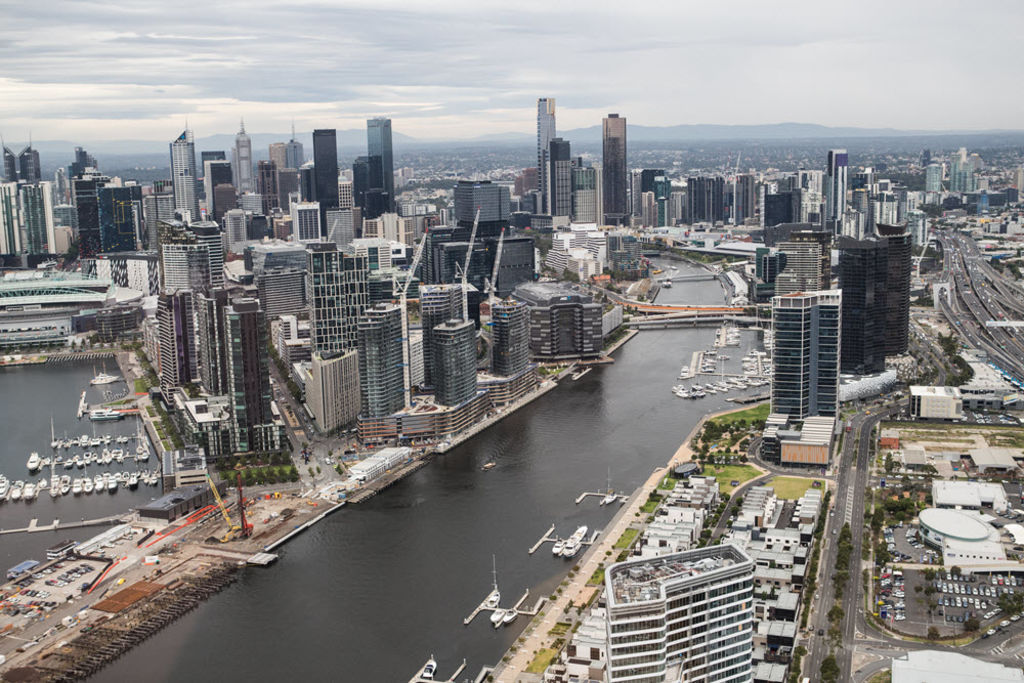
Sydney and Melbourne top the world for skyscraper rent increases
Offices rents in skyscrapers in Sydney and Melbourne are soaring faster than in any other global city, a new report has found.
The latest Skyscraper Index, from Knight Frank, which examines the rental performance of commercial buildings over 30 storeys in cities across the world, found that demand in Melbourne and Sydney pushed rents up by 11 per cent and 10.1 per cent respectively in the six months to the end of 2016, while most other cities had flat or negative growth.
This was largely because of a shortage of office space in these two cities, due to a slowdown in the building of new skyscrapers, demolition or the conversion of buildings to residential and other uses.

“The strong performance for Melbourne and Sydney reflect local market factors. If we set those cities to one side, the general picture from the latest Skyscraper Index is flat growth, which reflects the nervousness in most office markets in the second half of last year over political risks, like Brexit and the US election,” said James Roberts, chief economist at Knight Frank.
“However, in 2017 the tone of global economic news is improving, and both Brexit and the Trump government have not had the negative impact on growth that was initially feared. When we compile the next skyscraper index in the [northern] summer, I expect to see more cities reporting rental growth in tower buildings.”
Office rents in skyscrapers in Sydney currently sit at $US1047.78 ($1396.30) a square metre, while in Melbourne it is $US547.74 a square metre.
Those figures compare with Hong Kong’s at $US3257.93 a square metre, New York at $US1711.46 a square metre and Tokyo at $US1446.57 a square metre.
“Sydney’s office vacancy is at 6.2 per cent, and is forecast to go as low as 3.5 per cent in the next two years, with the current low vacancy and prospect of even lower vacancy driving rental increases now,” said David Howson, Knight Frank’s head of office leasing Australia.
 In most cities, including London, skyscraper rents stayed stable. Photo: Supplied
In most cities, including London, skyscraper rents stayed stable. Photo: Supplied
“The withdrawal of stock for Sydney is a major factor, with 239,057 square metres of stock removed from the market during 2016 for either refurbishment or permanent withdrawals – largely for conversion to residential or hotel use, and recycling of sites to future office developments. An example of this is 301 George Street, in which 11,500 square metres is being demolished to make way for the Wynyard Place development.”
Sydney’s planned Metro project – which involves building three new CBD stations – is also resulting in the long-term withdrawal of stock.
“The Metro project will also trigger significant withdrawals of space, mostly in 2017, accounting for some 62,000 square metres alone, and this will be a major contributor to the further 102,289 square metres of Sydney CBD office stock to be withdrawn this calendar year,” Mr Howson said.
 The Sydney metro project is removing supply from the CBD. Photo: Supplied
The Sydney metro project is removing supply from the CBD. Photo: Supplied
It’s a different story in Melbourne, where a lack of new office space being added to the market is helping to improve the vacancy rate and drive up prices.
“In Melbourne, the vacancy rate is at 10-year lows at 6.4 per cent. Unusually for Melbourne in recent years, the level of new stock additions will be lower in the next 24 months at 113,242 square metres, or 1.3 per cent stock growth per annum. This is well below the long-term average of 3.6 per cent per year,” Mr Howson said.
